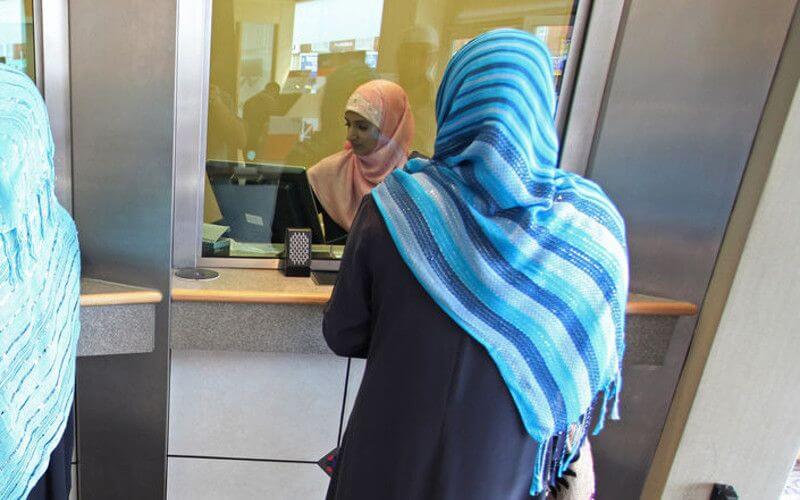Islamic Banking in Morocco Sees Steady Growth Despite Challenges

The outstanding amounts of halal bank financing showed an increase at the end of July compared to the previous month, with an amount of 7.21 billion dirhams against 6.83 billion.
The performance of halal finance showed a 57.2% year-on-year increase, and a 5.6% monthly increase. According to the latest monetary statistics from Bank Al-Maghrib (BAM), this is explained by the fact that the activity of participatory banks has recorded a general increase in performance for the said period.
In detail, participatory real estate financing (murabaha product) stands at around 6.42 billion dirhams at the end of last July, compared to 6.15 billion dirhams compared to the previous month, an increase of 4.4%, indicates the same source.
As for consumer financing (auto murabaha) and equipment financing, they were established at 498 and 273 million dirhams during the same period, compared to 470 and 205 million dirhams at the end of June 2019, i.e. increases of 5.8% and 33.4% respectively, specifies the same source.
These positive performances are not synonymous with certain growth in the halal finance sector in Morocco. This is evidenced by the latest note from the American rating agency Fitch Ratings. According to it, participatory banks still struggle to attract customers compared to conventional banks.
This situation is due to the lack of information on the products they offer, the lack of staff and a certain lack of interest.
Related Articles
-

Morocco’s Real Estate Paradox: Soaring Prices Defy Official Data, Crushing Home Ownership Dreams
6 September 2025
-

Morocco’s Foreclosure Crisis: Social Media Auctions Mask Rising Family Evictions
6 September 2025
-

Morocco’s Construction Boom Faces Labor Crisis: World Cup Projects Strain Housing Sector
6 September 2025
-

Morocco’s Economic Boom: From Infrastructure Giant to Global Industrial Hub
5 September 2025
-

Oualidia: Morocco’s Hidden Coastal Gem Rivals Marrakech for Luxury and Tranquility
5 September 2025